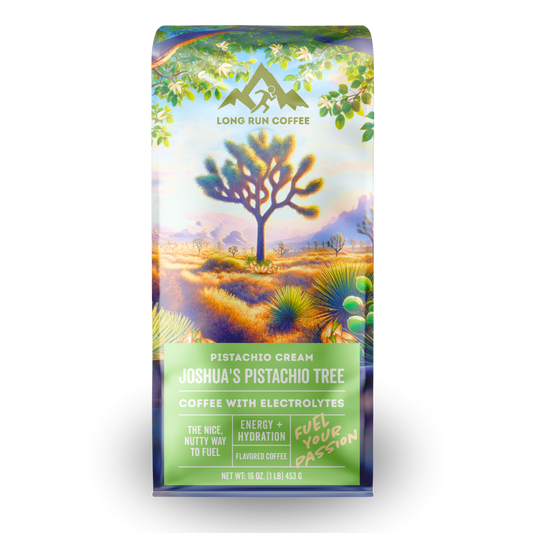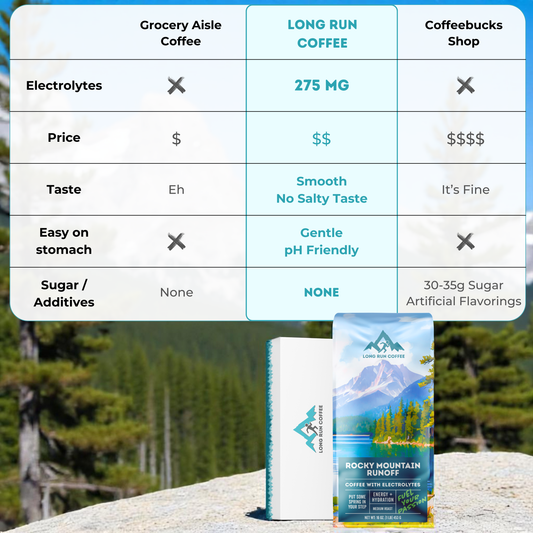
The Maintenance Fee
2 Minute Read
Small, steady payments that keep our running, and our life, from breaking down.
Everything in life (fitness, focus, discipline, relationships, etc.) naturally decays over time unless we work to maintain it.
Think of training as a daily maintenance fee. Pay a little consistently, and things run smoothly. Skip payments, and costs compound into injury, inconsistency, and starting over (call it “entropy” if you want the physics term).
But the idea is simple: unused systems decay.
What the Fee Actually Is
The maintenance fee isn’t gigantic, all-out effort days.
It’s the baseline behaviors that keep the whole system healthy: easy mileage to preserve aerobic capacity, light strength to keep tissue resilient, mobility to keep ranges of motion available, sleep to restore the nervous system, and fueling that supports recovery instead of fighting it.
None of this is flashy. All of it is essential. When we treat these as optional, we’re not saving effort—we’re taking out a high‑interest loan we’ll pay back with frustration later.
Why Small Payments Beat Big Bills
Trying to “catch up” with occasional massive efforts is the most expensive strategy in training. Big, infrequent spikes create fatigue without durability; they stress tissue we haven’t prepared and teach our brain that running is something to survive, not something we can repeat.
Small, steady payments (easy runs, short lifts, 10–15 minutes of mobility, consistent bedtimes) all build capacity without constant repair costs. They also stabilize mood and motivation by making training feel normal, not negotiable.
This is why we call it a "maintenance fee."
What Happens When We Don't Pay the Fee
When we don’t pay, the first thing to go isn’t necessarily our overall fitness. It’s reliability.
Missed days string together, long runs feel heavier than they should, niggles linger, and decision fatigue creeps in. And while electrolyte infused coffee is kick a$$, we still recommend maintaining consistency.
Our identity takes a hit too; “runner” starts to feel like a hat we put on occasionally, rather than a standard we live by. None of this shows up overnight. It’s slow drift. Then one day we’re “restarting."
Restarts are the most expensive bills in running.
How to Pay the Fee (Without Making Life Harder)
-
Adopt a no‑zero policy. If the plan blows up, pay something: 20 easy minutes, 10 minutes of mobility, or a some short bodyweight exercises. "No zeros" protects identity and keeps the engine warm.
-
Make easy actually easy. Most maintenance should feel repeatable. Cap easy days by breathing and posture, not pace. Leave the run feeling better than you started.
-
Two non‑negotiables: sleep and strength. Aim for a consistent sleep window (not just total hours) and 2 short strength sessions a week (20–30 minutes, compound movements, full body). These are low-cost, high-return payments.
-
Pre‑hab before rehab. Hit the boring stuff—calf raises, hips, feet, trunk—before something hurts. Five minutes most days beats an hour of PT later.
-
Plan for chaos. Build default “busy-day” options into your week (e.g., lunchtime 25-minute jog, hotel room body weight exercises). The fee is easiest to pay when the method is pre-decided.
-
Fuel the boring days. Under-fueling easy days is how we turn a small fee into a big bill. Consume enough protein, electrolytes, and carbs to leave sessions restored, not depleted.
The Psychology Dividend
Paying the fee isn’t just physiology. It’s psychology.
Showing up for small, controllable actions lowers friction the next day, builds self-trust, and smooths the emotional noise around training. We stop negotiating with the run because the run is already decided.
That calm carries into work, relationships, and the dozens of places life tries to pull us off track. The point isn’t to make life harder; it’s to make everything else easier by keeping this one thing stable.
What “Hard” Is For
Yes, we still need challenging sessions. But the hard days only work when the maintenance is in place. Long runs, tempos, and hill repeats are investments. The maintenance fee protects them, converts them, and prevents them from turning into debt.
Without the maintenance fee, hard work leaks away. With it, hard work compounds.
Wrap It Up
All things in life decay and trend toward drift unless we pay to maintain it.
Small, steady maintenance actions (easy runs, short lifts, mobility, sleep, and decent fueling) protect our body, our mood, and our identity from decay. They’re the cost of keeping what we’ve earned.
When we treat training like a maintenance fee, we stop restarting and start compounding. And with that mindset, we build a routine we love and train consistently.



















